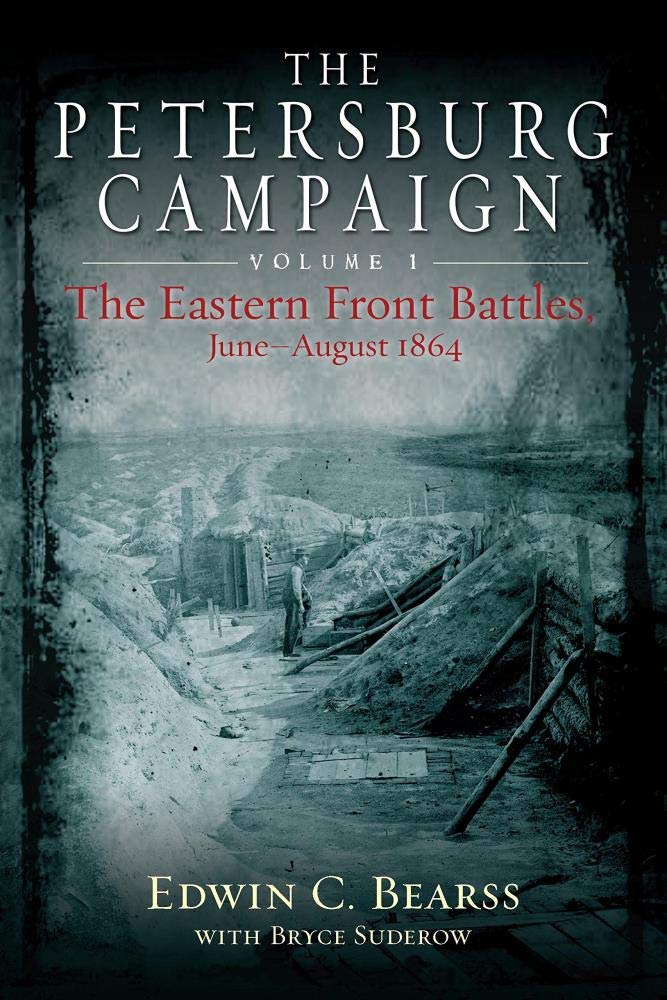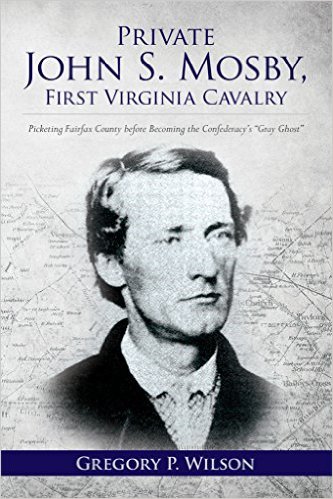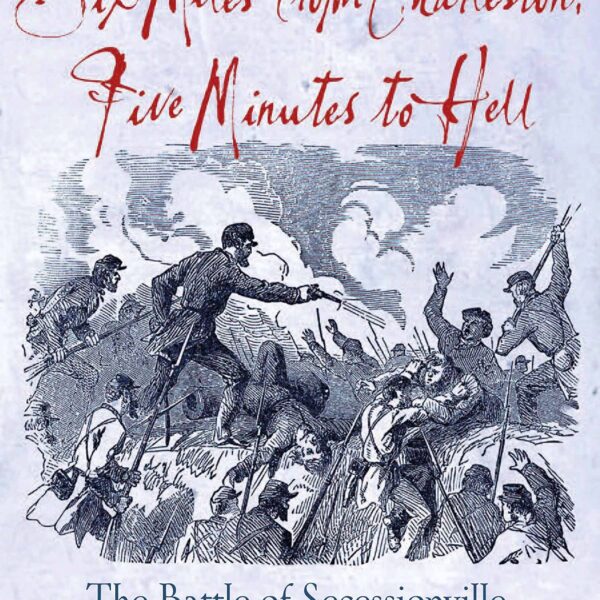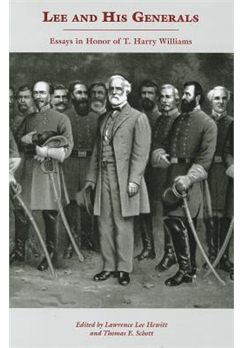The siege of Petersburg remains one of the most understudied campaigns in the American Civil War. Although one can point to several fine studies of individual operations and a few overviews, the campaign lacks the attention lavished on other battles and campaigns that for once shall remain nameless. At times it is dismissed nearly altogether, aside from a nod to the Battle of the Crater; rarely do scholars integrate what happened during these long nine months within a larger narrative of military operations. Yet for Ulysses S. Grant and Robert E. Lee, the sparring and combat that began below the Rapidan in May continued through the eventual evacuation of Richmond and Petersburg in April 1865. The Union commander continued to stretch his lines and strike at supply lines, while his Confederate counterpart sought to wriggle free of Grant’s hold if not break it altogether. If Grant failed to achieve the sort of decisive victory he longed for in 1864, he nevertheless denied Lee the opportunity to reverse the course of the conflict, allowing Union successes elsewhere to carry the day and assure Abraham Lincoln’s reelection. Yet Grant had hoped for more, and in this, the first of two volumes, the venerable Edwin C. Bearss, ably assisted by Bryce A. Suderow, offers an overview of operations from June to August, 1864, a time when the stalemate along this critical front eroded northern morale.
After presenting a short examination of Benjamin F. Butler’s abortive thrust against Petersburg on June 9, 1864, which served only to warn the Confederates of the city’s vulnerability, the narrative explains why Grant’s daring operation, commencing with the crossing of the James on June 14, ultimately failed to take Petersburg despite what seemed to be an excellent chance for success. Union mismanagement was largely to blame, as was the sense that perhaps the entire operation was too unwieldy. Days later Grant pushed westward along his left flank again, and was checked in what became known as the Battle of Jerusalem Plank Road. Just over five weeks later an attempt to blow a hole in the Confederate defenses resulted in the catastrophe of the Crater, while in August battles along the Weldon Railroad and Ream’s Station chipped away at Lee’s supply lines even as Union forces suffered serious losses. Still, as August came to an end the siege was to all appearances an unending stalemate, an unappealing notion to Grant in an election year.
Although Lee had once declared that once Grant crossed the James and laid siege to Petersburg that it would be only a matter of time before the Confederates would evacuate Richmond as well as Petersburg, Grant understood that in 1864 time was a precious commodity. Yet time and again his generals failed to perform up to expectation, while his depleted units, filled with men who were exhausted after months of near-continuous combat followed by a hot summer in the trenches, found it too demanding to engage in sustained combat. After all, nearly half of the volunteers who had signed up in 1861 failed to reenlist, meaning that as significant numbers of surviving veteran soldiers departed for home, their places were taken by raw recruits and conscripts of at best uneven quality. Far more motivated were many of the African American units present during this campaign, and it remains an interesting question as to how they were used (and misused) at a time when fresh troops in good spirits were at a premium. At the same time, however, the Army of Northern Virginia was also worn down by months of combat and heavy losses: only in 1864 do we see the consequences of the losses suffered at Chancellorsville and Gettysburg on that army’s ability to fight.
This volume, focused as it is on military operations, rarely sets them in a broader context. Moreover, by treating Union initiatives, it bypasses a discussion of how Lee struggled to avoid what he deemed inevitable. The narrative, while detailed, relies largely upon the orders and reports in the Official Records, meaning that this is largely a tale of superiors and subordinates, although here and there we get a good view of what soldiers and officers experienced. It is also dated, reflecting the fact that they were prepared while Bearss worked at Petersburg during the Civil War Centennial: the bibliography reveals that these narratives have not been updated to reflect more recent research. The one exception to this rule can be found in the chapter on the Crater, which was not written by Bearss but by Patrick Brennan, author of a study of the Battle of Secessionville. Brennan’s decision to cross ground already covered previously proves a little jaring, as does his distinctive narrative voice, but the chapter provides a neat and concise account of this operation, one of the few that has received more than cursory attention by multiple authors. Suderow’s transitional passages offer a quick assessment of each operation and an accounting of the human cost.
For those readers looking for accounts of the individual actions during the first three months of combat along the Petersburg front, this volume fits the bill. Each action is rendered in straightforward prose with an occasional flash of characteristic Bearss humor. One awaits the appearance of the second volume to see how he brings the story forward to its dramatic end.
Brooks D. Simpson is Foundation Professor at Arizona State University and most recently the editor of The Civil War: The Third Year Told By Those Who Lived It (2013).




